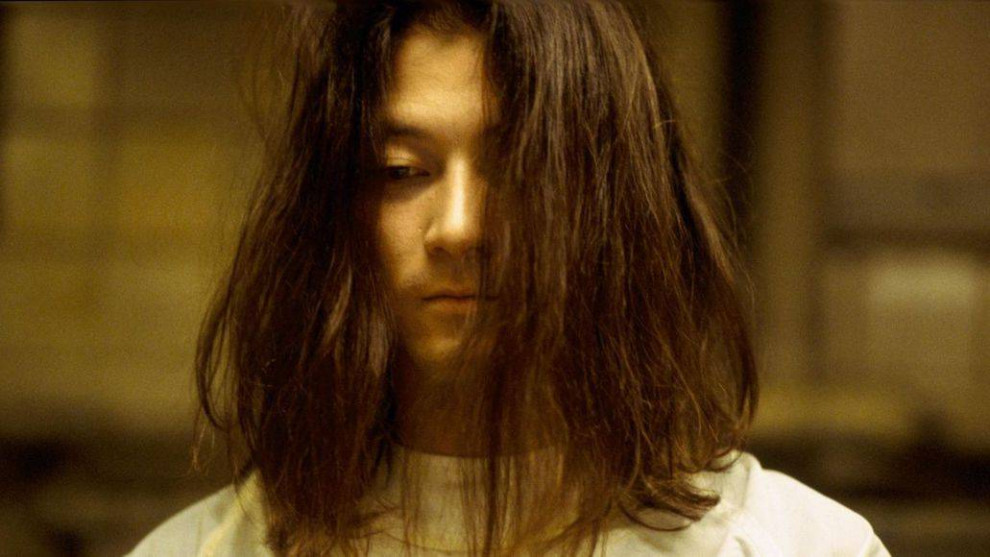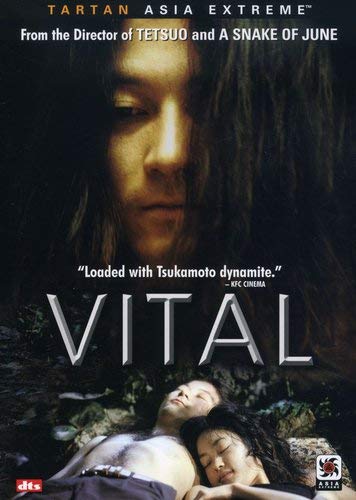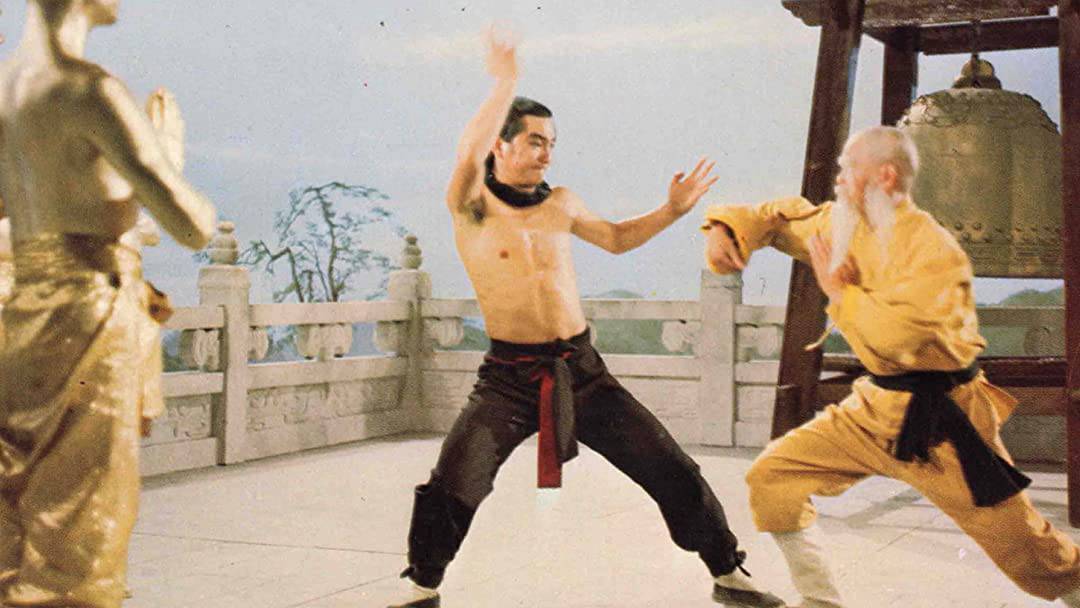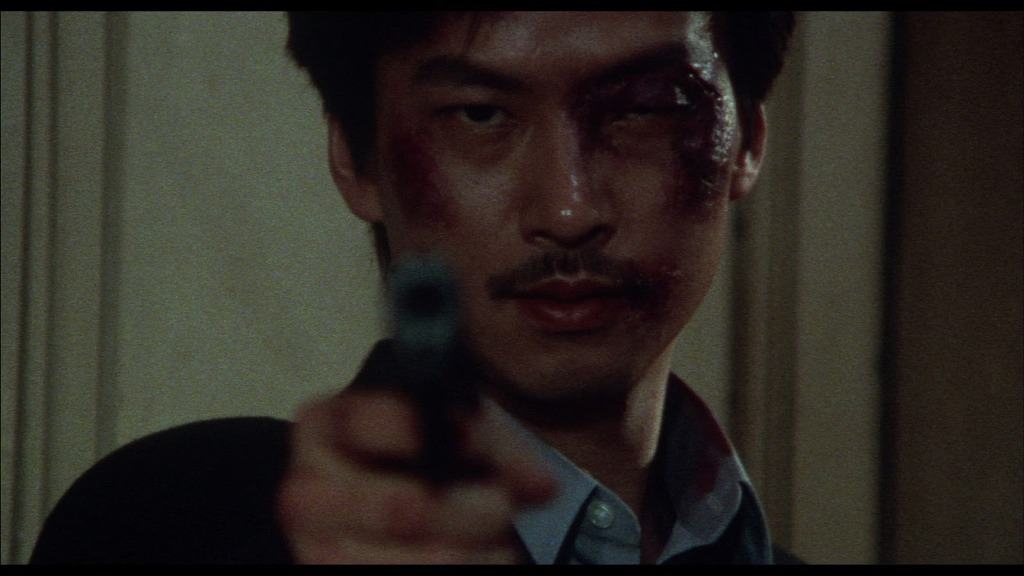After many of his films dealt with the relationship of the individual to the city as well as the consequences of violence for ourselves, it was quite understandable Japanese director Shinya Tsukamoto wanted a slight change in topic. Especially his previous project, “A Snake of June” (2002) has already hinted at the link of body and nature, how the urban landscape and technology have led to some kind of estrangement of mind and body. Perhaps considering he felt the topic worthwhile to explore further, Tsukamoto started to venture further into what he thought was the greatest taboo topic of modernity, the death of the body. In an interview about “Vital”, the film, which was the result of that research, the director states that within the modern landscape defined by urbanity and technology, we have learned to ignore or avoid the reality of death, resulting in the body losing its worth to many of us.
Buy This Title
After an accident which caused the death of his girlfriend Ryoko (Nami Tsukamoto), student Hiroshi (Tadanobu Asano) wakes up in a hospital room with only a faint memory of what has happened to him, who he is and what he did before the accident. As he finds his old books on medicine and anatomy, he commits fully to the continuation of his studies, becoming one of the best students of his year. Since he is so focused on his studies, he completely ignores female student Ikumi (Kiki) who has become interested in the equally ambitious young man.
However, Hiroshi's focus shifts as he enrolls in an anatomy class. While the class dissects several bodies, he realizes he has been working on the body of Ryoko, bringing back memories of their relationship. Soon Hiroshi is fully absorbed into the study of the body in front of him and the world of his memories until he cannot distinguish what is real and what is not.

In general, the majority of Shinya Tsukamoto's works have never been easy to decipher, a quality which makes them rather unique in their exploration of themes such as modernity, urbanity and technology. “Vital” may be one of the most difficult challenges for its audience, given its multi-faceted approach on aspects like time, character and perception. Essentially, Tsukamoto forces his viewer to perceive the world through the eyes of this character, played by Tadanobu Asano, a man whose concept of reality has been significantly disrupted due to the loss of memory. Moreover, the idea of the individual has also been challenged or fractured due to the lack of secure pieces of knowledge about his past.
According to the logic presented in the film, the body signifies the return of this kind of security, the return to a sense of identity. While seemingly without emotion, something of a cliche given his profession, Hiroshi's hyper-realistic drawing of the body, its organs and extremities – an aspect inspired, as Tsukumato explains, by the anatomical drawings by Leonardo da Vinci – may indicate a longing to understand, an approach to something hidden or lost. Visually, Tsukamoto's cinematography and editing emphasize the level of confusion and estrangement with the outside world, as well as the kind of joy gained by uncovering what is perceived as a vital puzzle piece of the self.
“Vital” is, like all of the films by its director, a challenging experience, a taxing journey as well as a deeper dive into the themes of Tsukamoto's work. Supported by radical, suggestive cinematography and editing, “Vital” is a very fitting transition to films like “Kotoko” or “Haze” which would continue the thematic foundation laid in this work.
















